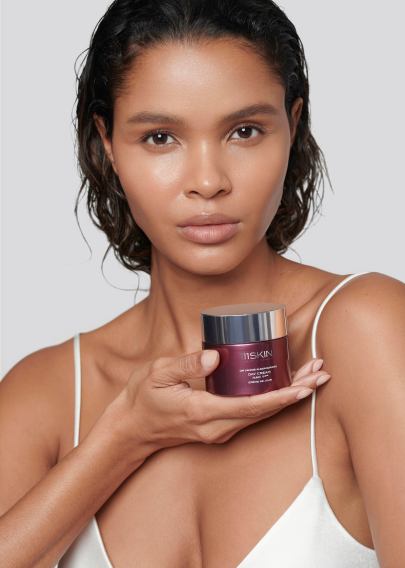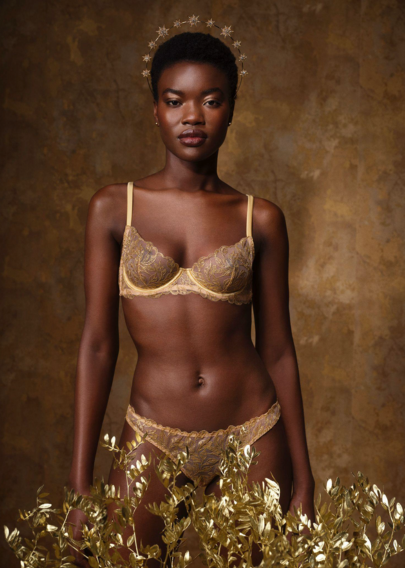Earlier this month Positive Luxury and our knowledge partner Bain released ‘LuxCo2030: A Vision of Sustainable Luxury’, a report that predicts what a sustainability champion might look like in a decade. In the past few years we have seen sustainability climb the corporate agenda. Today the great majority of CEOs in the luxury industry have sustainability within their top two or three priorities. But in order for them to become truly sustainable over the next ten years we established 5 key areas that will set them apart: brand purpose, decoupling growth from volume, building transparency across the supply chain, maximising sustainability commitments, and seeing sustainability as a value creator. The report can be read in full here.
To explore the issues the report raised in greater detail we hosted a webinar with three of its authors: Diana Verde Nieto, Positive Luxury Co-Founder; Claudia D’Arpizio, Bain Partner; and Matteo Capellini, Bain Associate Partner. It touched on exactly how businesses can achieve the goal of becoming a sustainability champion in a decade’s time and what will drive these changes. We have created a summary of the main points for you here:
Purpose Is The Priority
Rethinking and embedding your purpose is the starting point for any business transitioning to sustainability. Developing your purpose will allow your organisation to rethink why it is in business beyond selling clothes and distinguish itself from its competitors.
But developing an effective purpose is not a simple task – it needs to start from the top but also be inclusive of team members working at every level of the business. For that purpose, Claudia D’Arpizio recommends involving Creative Directors and their teams as early as possible in the process. As the guardians of the brand they will be able to assist in creating a purpose that is authentic and true across every touchpoint, allowing it to cascade through the business rather than just starting and ending life in a powerpoint.
The research for this report also showed that a strong purpose was a business driver. By having a broader message beyond ‘buy buy buy’ brands were able to grow without relying on greater volume.
Sustainability In Every Role, At Every Level
It is impossible for a brand to become truly sustainable by 2030 without having sustainability embedded throughout its organisation. Currently sustainability is like digital was a few years ago – siloed in specific roles but not spread throughout the business. Most businesses today have, at most, a sustainability officer supported by a small team. What was found during the research for this report was that businesses need to evolve this attitude and spread sustainability throughout the organisation. This will require a period of training and focused talent acquisition but it is essential for companies if they want to achieve their sustainability goals.
Be Bold
Bold action on sustainability requires bold targets. In order for a brand to become sustainable by 2030 Matteo Capellini recommends setting an ambitious goal – even if a business is not exactly sure how they are going to achieve it. This can be extremely effective because it creates a sense of momentum behind a sustainability transition and forces a brand to test and experiment. As part of this goal setting, it is essential to establish the baseline of the impact a brand has on people and planet today so that you can accurately measure your progress.
Consumers Are Driving This Decade Of Change
Millennials and Gen Z have been the main driver of sustainable change. These generations are questioning the role of brands in the sustainability agenda and they are forcing companies to be activists.
The Gen Z passion for second hand, resale and rental is well-documented and it continues to rise. And this is not just a western behaviour. The research for LuxCo 2030 found that this attitude is growing in Asia – in China specifically.
This means that luxury brands must now see being sustainable as a boost to the bottom line – not a drain on it. As a result, they must work to set clear and ambitious goals, establish a purpose, and create a far more transparent approach to sustainability reporting. If they don’t, this younger and more demanding consumer will find brands that do.
Watch the webinar in full here.
< Back








